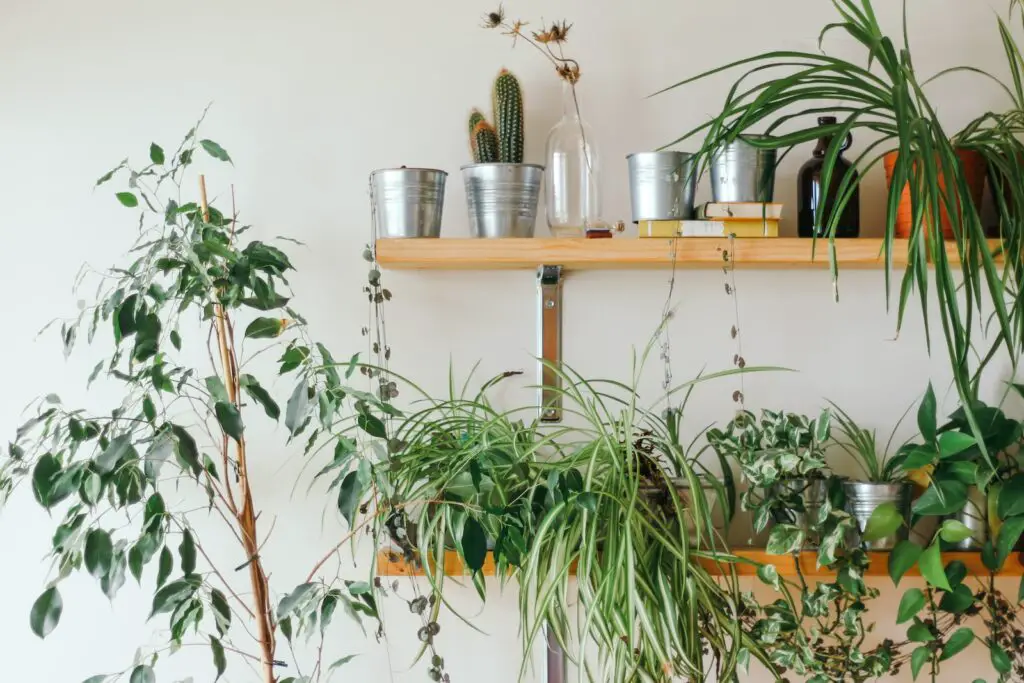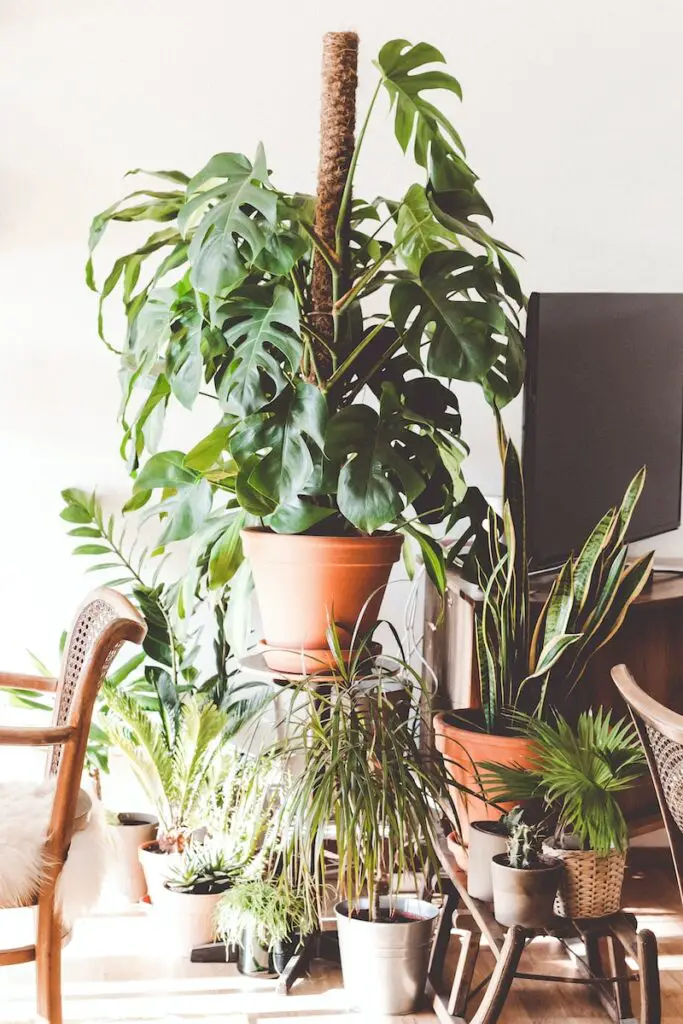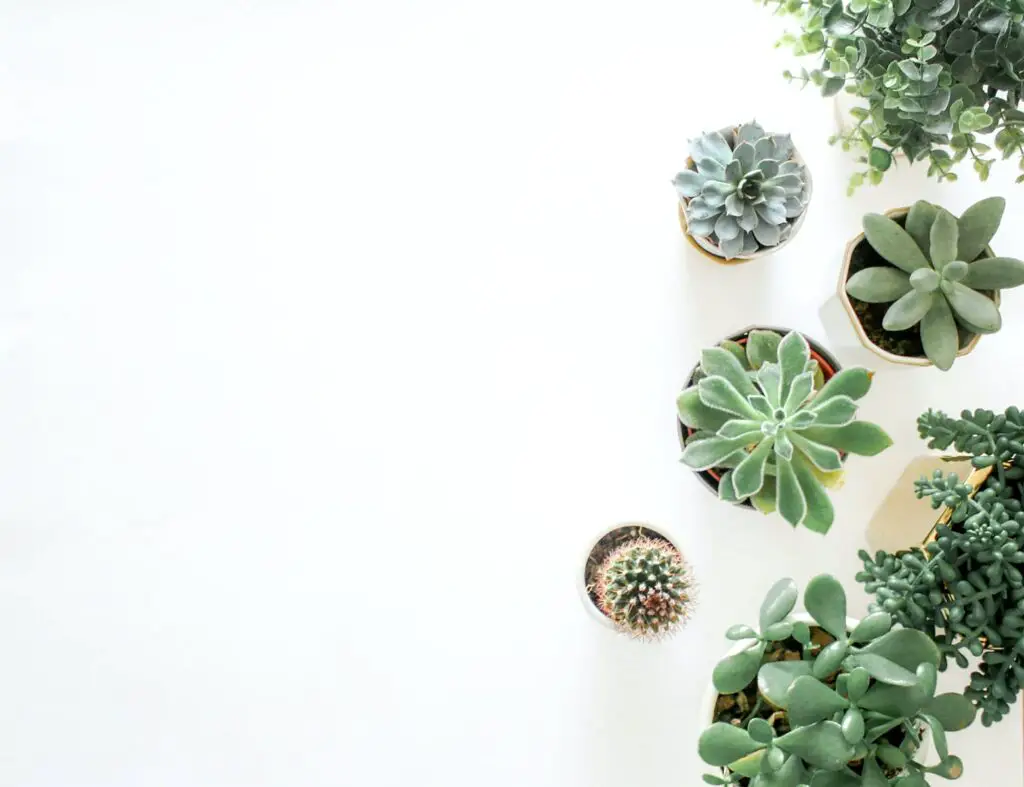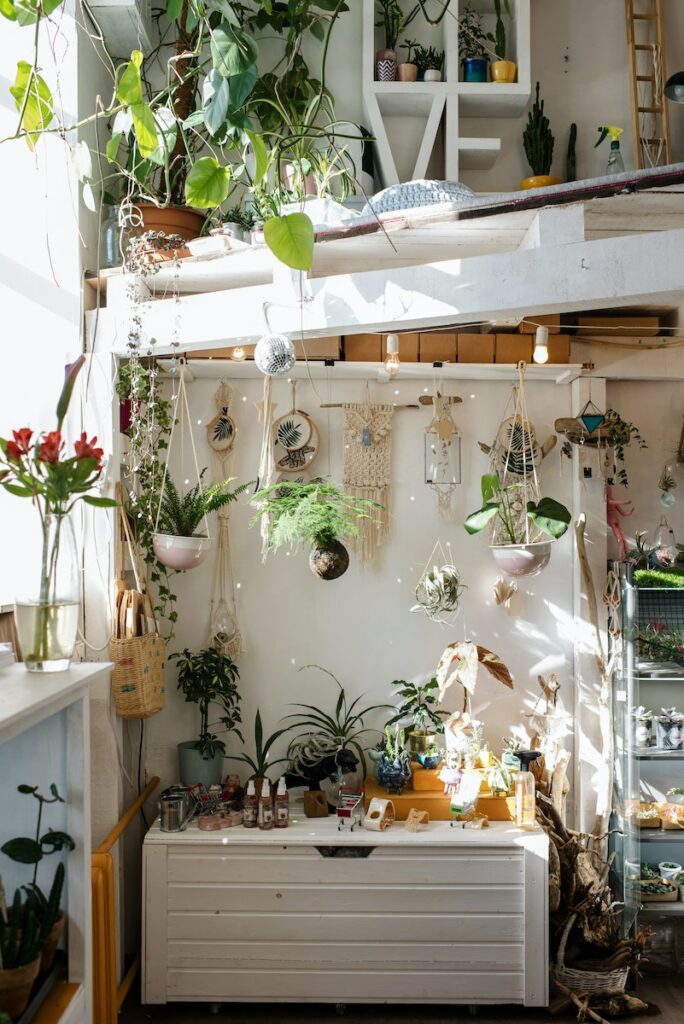
When it comes to decorating a flat, plants are an excellent way to add life and color to any space. However, it can be challenging to determine how many plants to include in a flat without overwhelming the area or making it appear cluttered. The number of plants that can fit comfortably in a flat will depend on various factors, such as the size of the space, the amount of natural light available, and the type of plants chosen.
One of the essential factors to consider when deciding how many plants to include in a flat is the size of the space. A larger flat will be able to accommodate more plants, while a smaller flat may only be able to handle a few. It’s also important to consider the layout of the flat and where the plants will be placed. For example, a flat with high ceilings may be able to handle taller plants, while a flat with low ceilings may be better suited for smaller plants.
Another important factor to consider is the amount of natural light available in the flat. Some plants require more sunlight than others, so it’s essential to choose plants that will thrive in the available light conditions. Additionally, it’s important to consider the placement of the plants in the flat. Plants placed near windows or other sources of natural light will receive more sunlight than those placed in darker areas of the flat. By taking these factors into account, it’s possible to determine how many plants can comfortably fit in a flat without overcrowding the space.
Table of Contents
Understanding Flats

Types of Flats
Flats are containers used for growing plants. There are various types of flats available in the market, such as standard flats, Anderson flats, and plastic trays. Standard flats are rectangular in shape and have drainage holes at the bottom. Anderson flats are similar to standard flats but have a larger capacity. Plastic trays are molded flats made of plastic and are ideal for transporting plants.
Size and Dimensions
The size and dimensions of flats vary based on the type of flat. Standard flats, also known as 1020s, have a size of 10 inches by 20 inches. Daisy trays are smaller than standard flats and have a size of 8 inches by 8 inches. Anderson pots are larger than standard flats and have a size of 11 inches by 21 inches.
Purchasing Flats
When purchasing flats, it is important to consider the size, material, and quality. Standard nursery flats and Anderson flats are common options. It is important to check the quality of the flats and ensure they have drainage holes.
Transporting Flats
Flats can be transported easily by stacking them. It is important to ensure that the flats are stacked securely to avoid damage to the plants. Plastic trays are ideal for transporting plants as they are lightweight and durable.
Spacing in Flats
Spacing is important when growing plants in flats. The spacing distance between plants should be based on the size of the plant. Plants should be spaced in inches apart or distance apart. The space between plants should be determined by the spacing multiplier, which is the number of plants that can fit in a flat.
Capacity of Flats
The capacity of flats varies based on the type of flat. Standard flats can hold up to 50 plants, while Anderson flats can hold up to 72 plants. It is important to consider the capacity of the flat when deciding on the number of plants to grow.
Drainage System
Flats should have a proper drainage system to prevent waterlogging. Drainage holes should be present at the bottom of the flat to allow water to drain out. It is important to ensure that the flats are not overwatered and that excess water is drained out.
Overall, understanding the different types of flats, their size and dimensions, purchasing options, transportation, spacing, capacity, and drainage system is essential for growing plants successfully in flats.
Types of Plants in Flats

Annual Plants
Annual plants are plants that complete their life cycle in one growing season. They are a popular choice for flats as they offer a wide variety of colors and textures. Some popular annual plants for flats include pansies, marigolds, and petunias. These plants are easy to care for and require minimal maintenance.
Groundcover Plants
Groundcover plants are low-growing plants that spread out to cover the ground. They are a great option for flats as they can help to prevent soil erosion and retain moisture. Some popular groundcover plants for flats include mondo grass, creeping thyme, and creeping phlox. These plants are easy to care for and require minimal maintenance.
Houseplants
Houseplants are plants that are grown indoors. They are a great option for flats as they can help to purify the air and add a touch of greenery to any room. Some popular houseplants for flats include ferns, ivies, and spider plants. These plants are easy to care for and require minimal maintenance.
Flowering Plants
Flowering plants are plants that produce flowers. They are a great option for flats as they can add color and fragrance to any space. Some popular flowering plants for flats include roses, lilies, and daisies. These plants are easy to care for and require minimal maintenance.
In conclusion, there are many types of plants that can be grown in flats, including annual plants, groundcover plants, houseplants, and flowering plants. Each type of plant offers its own unique benefits and can add a touch of greenery to any space. With a little bit of care and attention, anyone can have a thriving flat of plants.
Planting in Flats

Soil and Moisture
When planting in flats, it is important to ensure that the soil is of good quality and well-draining. This will help to prevent waterlogging and root rot. It is recommended to use a soil mix that is specifically designed for container gardening. The soil should be kept moist, but not overly wet or dry. It is important to monitor the moisture level regularly and adjust watering accordingly.
Watering System
A good watering system is essential for planting in flats. This can be achieved by using drip irrigation or a self-watering system. These systems can help to ensure that plants receive the right amount of water and prevent overwatering or underwatering.
Planting Distance
When planting in flats, it is important to consider the planting distance. This will depend on the type of plant and its growth habit. In general, it is recommended to plant seedlings at least 2 inches apart to allow for proper growth and development.
Transplanting
Transplanting is an important part of planting in flats. It is recommended to transplant seedlings into larger containers as they grow to ensure that they have enough room to develop. This can be done by carefully removing the plant from the flat and planting it in a larger pot or container. It is important to avoid damaging the roots during the transplanting process.
Overall, planting in flats can be a great way to start a garden or grow plants in a small space. By following these tips and guidelines, gardeners can ensure that their plants have the best chance of success.
Calculating Number of Plants in a Flat
When it comes to decorating a flat with plants, it’s important to know how many plants you need to fill the space without overcrowding it. Here are some tips on how to calculate the number of plants you need for your flat.
Chart and Calculator
The easiest way to calculate the number of plants you need is to use a plant calculator or chart. These tools take into account the size of your flat, the type of plants you want, and the amount of light available. You can find these charts and calculators online or through your local national gardening association.
Coverage and Formula
Another way to calculate the number of plants you need is to use a coverage formula. This formula takes into account the size of the pots, the spacing between the plants, and the size of the flat. The formula is:
Number of Plants = (Flat Area / Coverage Area) x Multiplier
The coverage area is the area covered by each plant, including the pot. The multiplier takes into account the spacing between the plants and the size of the pots.
Multiplier
The multiplier is a number that varies depending on the type of plants you want and the size of the pots. For example, if you want small plants in small pots, the multiplier might be 1.5. If you want large plants in large pots, the multiplier might be 2.5.
It’s important to note that these formulas and charts are just guidelines. You should always use your own judgment when it comes to decorating your flat with plants. It’s better to start with a few plants and add more as needed, rather than overcrowding your space with too many plants.
By using these tips, you can calculate the number of plants you need for your flat and create a beautiful, green space that you can enjoy year-round.